Not every car brand can claim long-term reliability. Some automakers consistently produce vehicles that break down more often, cost more to repair, and frustrate owners with recurring mechanical or electrical issues. While all cars need regular maintenance, certain brands stand out for their below-average dependability and higher-than-usual repair needs. Based on public reliability ratings and industry repair data, here are six car brands that tend to break down more than the average vehicle.
Land Rover
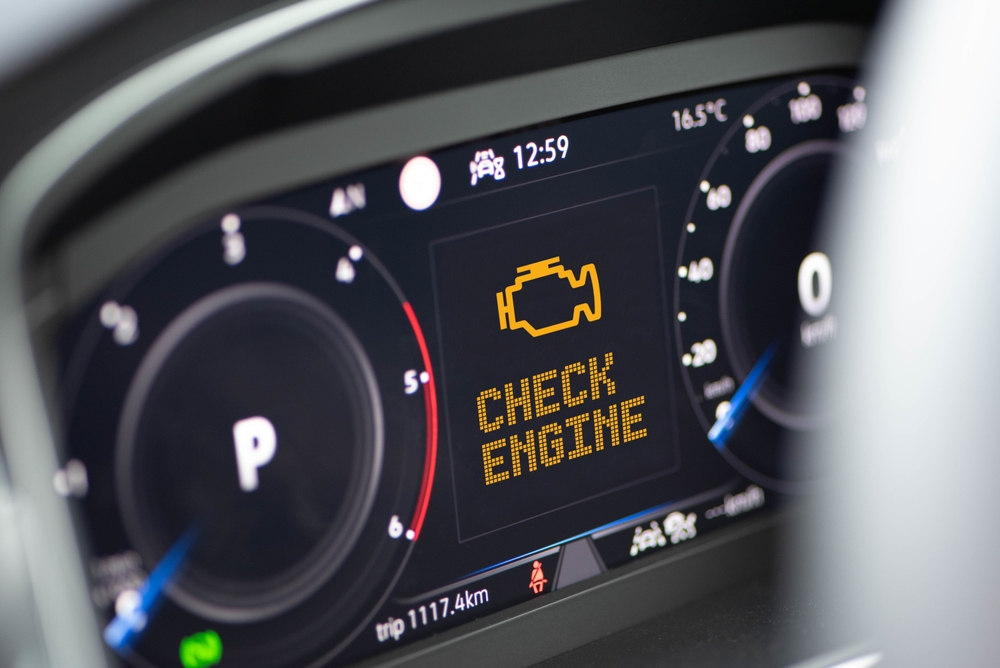
Land Rover offers luxury SUVs with serious off-road ability, but reliability is a known weakness. The Range Rover, one of the brand’s flagship models, is frequently cited for air suspension failure, electrical malfunctions, and engine problems. These issues often arise within the first few years of ownership and can require expensive repairs. RepairPal gives the Range Rover a low reliability score of 2.0 out of 5. The average annual repair cost is around $1,258, making it one of the most costly vehicles to maintain. Land Rover drivers also experience about 0.6 unscheduled repairs per year, which is high compared to industry averages. For buyers who want durability and peace of mind, Land Rover may not be the safest choice.
Jaguar
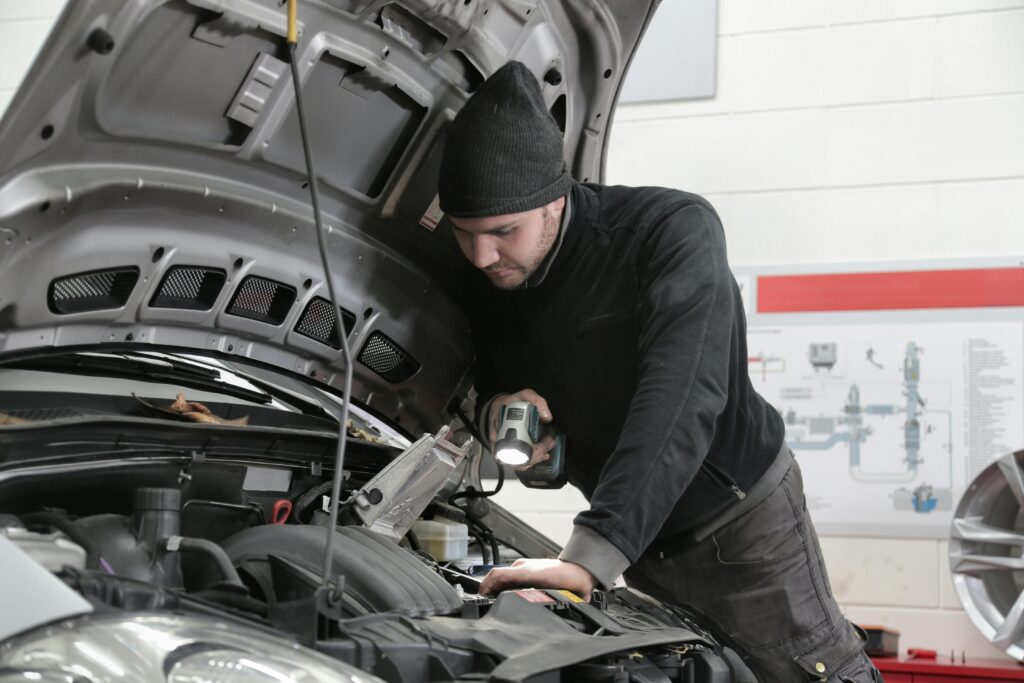
Jaguar is known for high-performance engines and elegant styling, but it frequently lands near the bottom of reliability rankings. Models such as the XF and F-Pace experience problems with engine sensors, cooling systems, fuel injectors, and electronic features. Jaguar vehicles average 0.6 unexpected repair visits per year, with a high annual maintenance cost of $1,123. RepairPal ranks Jaguar 29th out of 32 car brands, confirming its below-average dependability. While these vehicles may appeal to drivers seeking a refined ride, they often become expensive and frustrating to maintain over time.
Mini
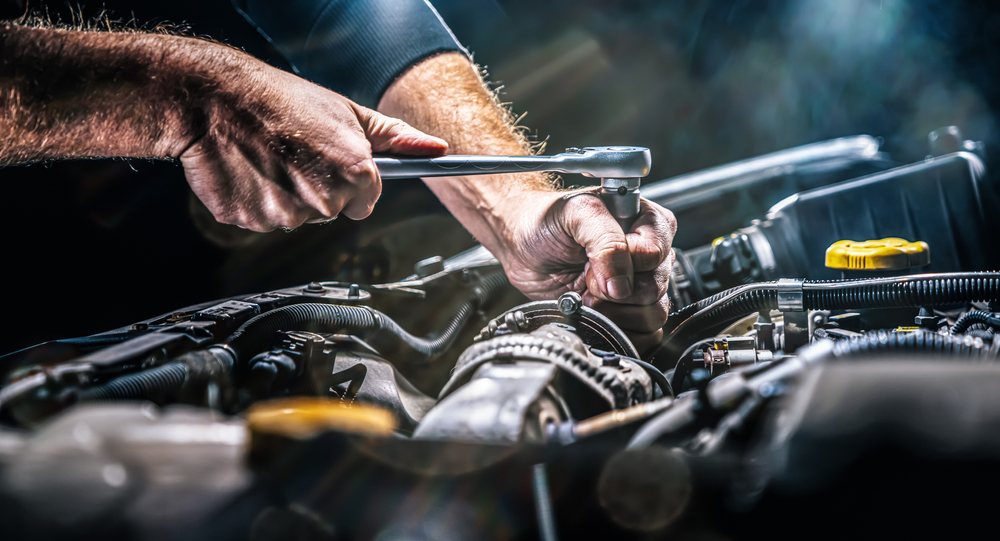
Mini Coopers are fun to drive and have a unique design, but they come with a history of mechanical and electrical problems. Timing chain issues, cooling system failures, and power steering malfunctions are common. Mini vehicles have a below-average RepairPal rating of 3.0 out of 5. They require 0.6 visits to the repair shop per year and cost about $854 annually to maintain. Many owners also report window motor failures, malfunctioning lights, and interior electronics problems. Tight engine compartments make repairs more labor-intensive, increasing service time and labor costs. While Minis are compact and sporty, they are not known for long-term reliability.
Chevrolet
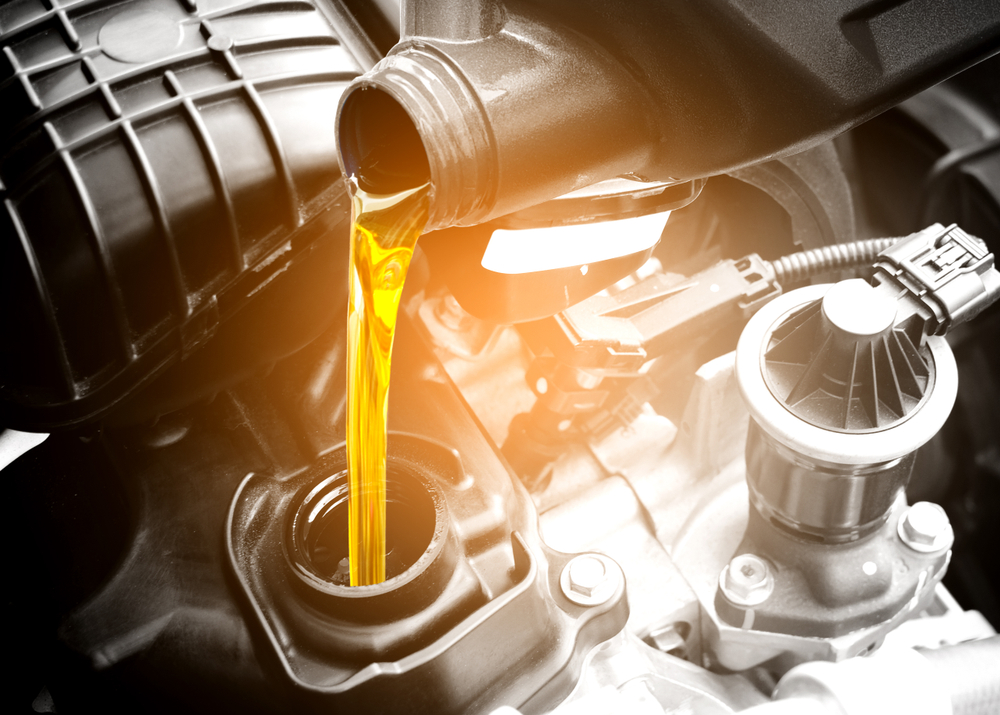
Chevrolet produces a wide range of vehicles, but several models fall short in terms of dependability. The Malibu, Equinox, and Cruze have documented issues involving oil consumption, engine power loss, ignition failures, and transmission problems. Some Silverado trucks also suffer from cracked cylinder heads and shifting delays. RepairPal places Chevrolet at 3.5 out of 5, slightly below the national average. The brand’s average severity of repairs sits around 15 %, which is higher than preferred for long-term ownership. Chevrolet models also experience around 0.4 to 0.6 unscheduled service visits annually. Although the brand is iconic and popular, some of its vehicles may not hold up well after several years on the road.
Chrysler
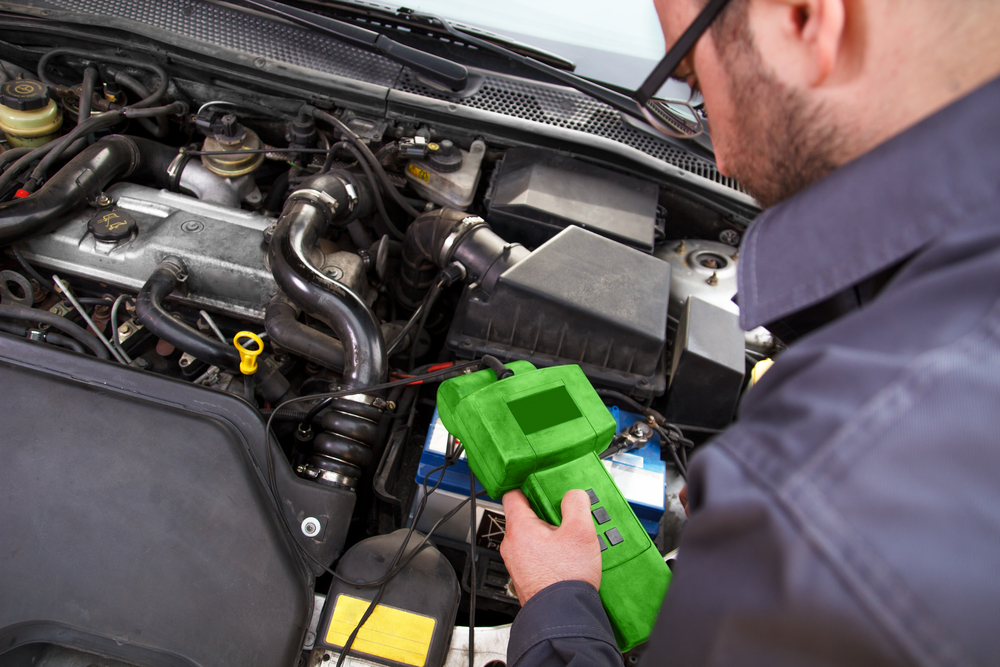
Chrysler has a mixed reputation for durability, with some models being far more reliable than others. The Chrysler 200 and Pacifica have experienced recurring problems related to transmissions, electrical systems, and premature wear on interior parts. While certain models like the 300 perform better, overall brand reliability remains inconsistent. The Chrysler Town & Country has an average annual repair cost of $636 and a reliability score of 3.5 out of 5. Though not among the worst, Chrysler’s frequent electrical issues and build quality concerns place it slightly below average. For buyers prioritizing reliability, it is important to check specific model performance before purchasing a Chrysler vehicle.
Fiat
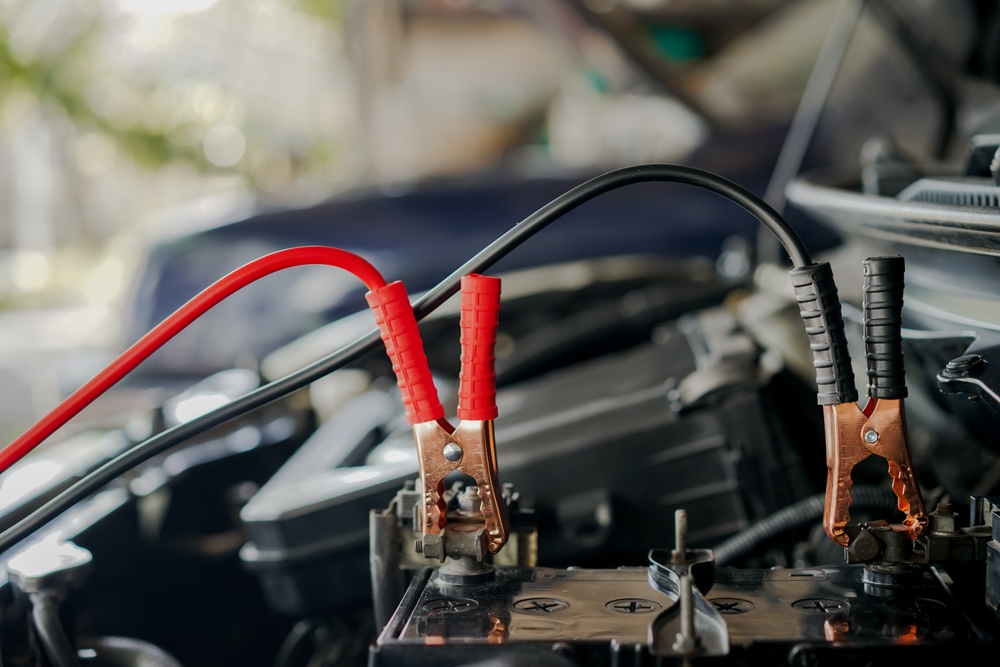
Fiat is known for stylish, compact cars like the Fiat 500, but its reliability ratings have often been average at best. While not as problematic as some might expect, Fiat still ranks near the lower third in most repair indexes. Common complaints include cooling system issues, poor battery performance, and electrical faults. The brand receives a 3.5 out of 5 rating from RepairPal, which technically marks it as average. However, limited availability of service centers and specialty parts can make repairs more difficult and time-consuming. Fiat’s vehicles tend to require fewer visits to the shop—around 0.2 per year—but when repairs are needed, they can be frustrating due to tight engine spaces and import part costs.
What Makes a Car Brand Unreliable?
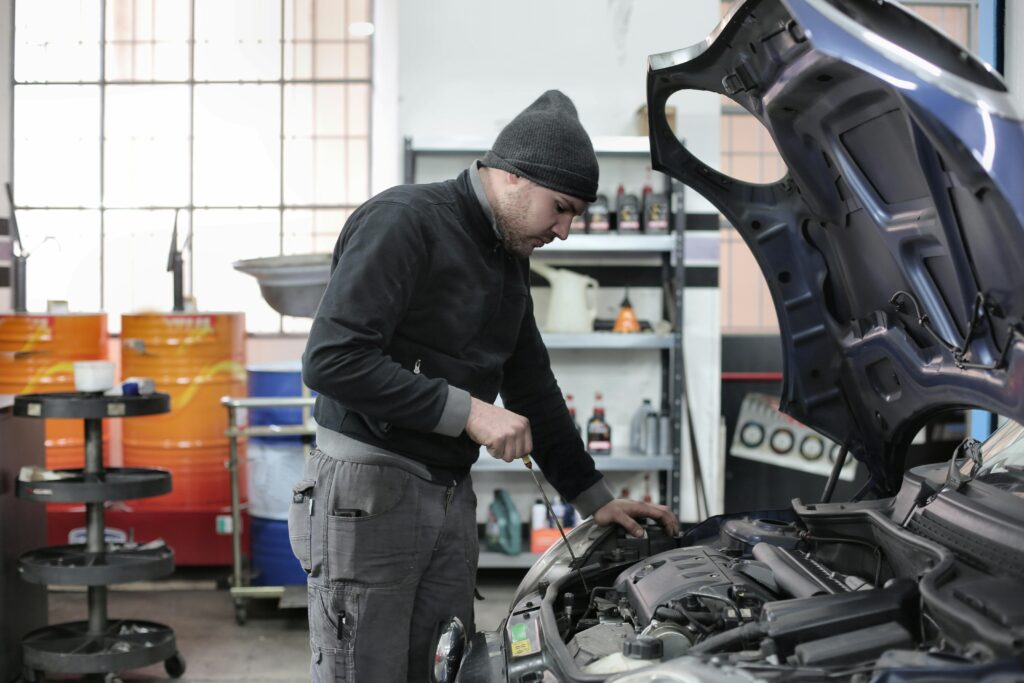
Reliability is not just about whether a car can start in the morning. It involves the frequency, severity, and cost of repairs over time. Brands that rank lower in reliability often use complex technology that fails prematurely or rely on parts that wear out faster than expected. In many cases, the problem is not just mechanical failure, but also the cost and difficulty of getting those issues fixed. Limited service networks, expensive components, and hard-to-diagnose systems can add to the frustration. A brand may also be considered unreliable if its vehicles are prone to recalls, have poor resale value, or need frequent visits to the mechanic. These patterns, when seen across multiple models and years, are what separate dependable brands from those that often let owners down. Understanding what causes unreliability helps buyers make smarter decisions and avoid vehicles that lead to long-term headaches.
Patterns of Reliability and Concern

While many cars on the market today are more reliable than ever, some brands continue to struggle with long-term durability. Land Rover and Jaguar stand out for frequent breakdowns and high repair costs. Mini and Chevrolet also show patterns of reliability concerns, especially in older or budget models. Chrysler and Fiat fall somewhere in the middle, offering inconsistent results depending on the specific model. Drivers looking to avoid surprise repair bills and long stays at the mechanic should research model-specific performance and steer clear of brands with ongoing reliability concerns. In the long run, investing in a more dependable vehicle can save time, money, and stress.
Read More: 9 Banned Cars in the U.S. and Why They’re Illegal to Drive
Disclaimer: This article was created with AI assistance and edited by a human for accuracy and clarity.

